Looking for the best herbs to pair with mushrooms? Here's your quick answer: Thyme, rosemary, parsley, and chives are the top herbs that complement mushrooms perfectly. Thyme enhances earthy flavors in portobello and shiitake mushrooms, rosemary works best with roasted varieties, parsley adds brightness to all mushroom types, and chives provide a mild onion flavor that elevates creamy mushroom dishes. These four herbs form the foundation of successful mushroom pairings that home cooks rely on daily.
Top 4 Essential Herbs for Mushrooms (Quick Reference)
- Thyme: Best for earthy mushrooms like portobello and shiitake - adds depth without overpowering
- Rosemary: Perfect for roasted or grilled mushrooms - creates savory complexity
- Parsley: Universal pairing for all mushrooms - adds freshness and balances richness
- Chives: Ideal for creamy mushroom sauces and soups - provides subtle onion flavor
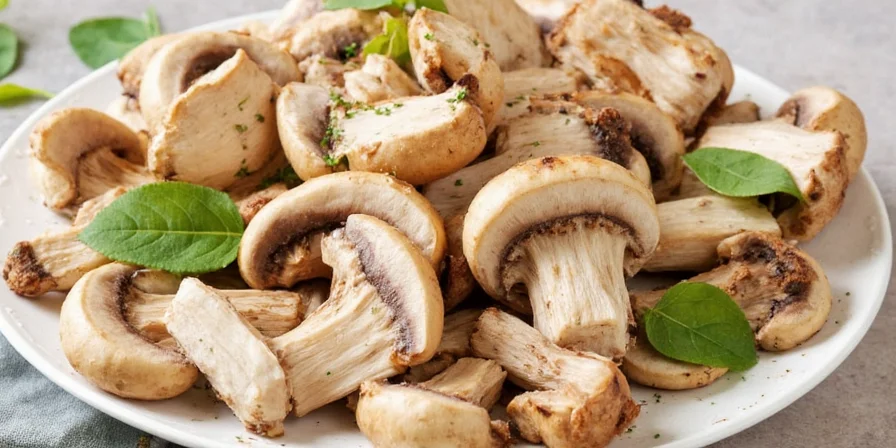
Complete Guide to Herb-Mushroom Pairings
While mushrooms have their own natural umami depth, the right herbs transform them from good to extraordinary. Whether you're cooking a simple weeknight meal or preparing an elegant dinner, understanding these pairings ensures perfect results every time. No culinary degree required - just practical knowledge anyone can use.
Why These Herb-Mushroom Combinations Work
Mushrooms naturally absorb flavors, making them the perfect canvas for herbs. The right herb pairing delivers three immediate benefits you'll notice in your cooking:
- Flavor Boost: Herbs like thyme and rosemary enhance mushrooms' natural earthiness
- Balanced Taste: Bright herbs like parsley cut through richness for well-rounded flavor
- Perfect Texture: Properly added herbs integrate seamlessly without distracting from the mushrooms

10 Best Herbs for Mushrooms (Complete Reference)
While thyme, rosemary, parsley, and chives are the top four, here's the complete list of best herb pairings for different mushroom types and cooking methods:
- Thyme: Woody and earthy, perfect for heartier mushrooms like portobello or shiitake
- Rosemary: Bold and pine-like, best with grilled or roasted mushrooms
- Parsley: Fresh and slightly peppery, works with all mushroom types
- Chives: Mild onion flavor, ideal for creamy mushroom soups or sauces
- Dill: Light and fragrant, pairs beautifully with delicate mushrooms
- Sage: Earthy with pepper notes, enhances wild mushroom dishes
- Basil: Sweet and aromatic, complements mild mushrooms like button varieties
- Cilantro: Bright and citrusy, perfect for Asian-inspired mushroom dishes
- Tarragon: Slightly licorice-like, adds elegance to creamy mushroom sauces
- Mint: Surprising freshness for summer mushroom salads
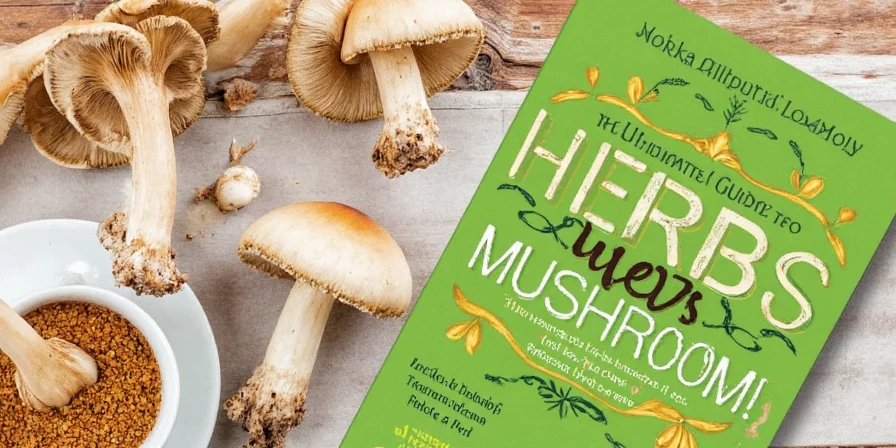
How to Use Herbs with Mushrooms: Practical Tips
Apply these simple techniques for consistently delicious results:
- Match intensity: Use bold herbs like rosemary with meaty mushrooms, delicate herbs like dill with lighter varieties
- Timing matters: Add hardy herbs (thyme, rosemary) early in cooking; add delicate herbs (basil, dill) in the last few minutes
- Fresh vs. dried: Use fresh herbs for finishing dishes; dried herbs work better in long-cooking preparations
- Simple ratio: Start with 1 teaspoon fresh herbs per cup of mushrooms, adjusting to taste
- Acid boost: A splash of lemon juice or vinegar makes herb flavors pop
- Cook mushrooms first: Sauté mushrooms until golden before adding herbs to prevent sogginess
Herb-Mushroom Pairing Guide
Quick reference for perfect matches based on mushroom type and cooking method:
| Herb | Flavor Profile | Best Mushroom Matches | Best Cooking Method |
|---|---|---|---|
| Parsley | Fresh, peppery | All-purpose | Garnish, quick sauté |
| Thyme | Woody, earthy | Portobello, shiitake | Sautéed, roasted |
| Chives | Mild onion | White button, cremini | Garnish, creamy dishes |
| Dill | Citrusy, light | Oyster, enoki | Raw, quick cook |
| Rosemary | Pine-like, intense | King oyster, portobello | Roasted, grilled |
| Sage | Earthy, peppery | Wild mushrooms | Butter-based sautés |
| Basil | Sweet, aromatic | Button, cremini | Light sauté, garnish |
| Cilantro | Citrusy, bold | Shiitake, oyster | Asian stir-fries, curries |
| Tarragon | Licorice-like | Chanterelle, porcini | Creamy sauces, stews |
| Mint | Refreshing, cool | Delicate varieties | Salads, cold dishes |
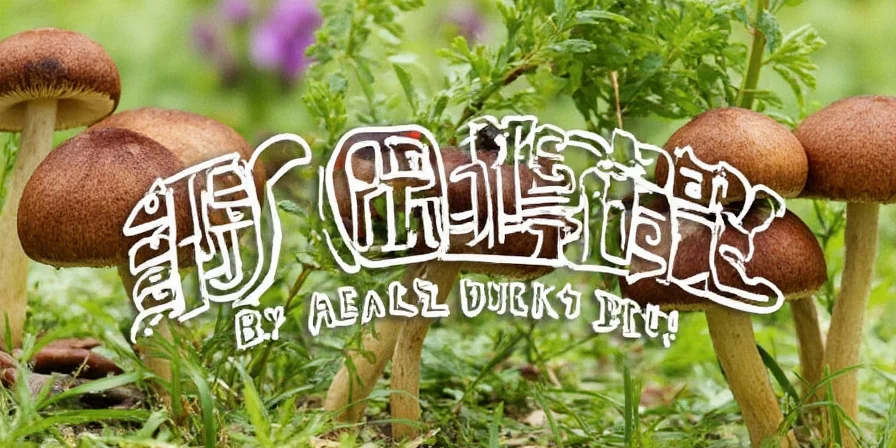
Simple Mushroom Recipes Using Perfect Herb Pairings
Try these easy preparations that showcase ideal herb-mushroom combinations:
- Classic Garlic Thyme Mushrooms: Sauté mushrooms in butter with garlic and thyme until golden. Perfect with steak or chicken.
- Creamy Chive Mushroom Pasta: Toss cooked pasta with sautéed mushrooms, cream, and plenty of fresh chives for an elegant weeknight meal.
- Rosemary Roasted Mushrooms: Toss mushrooms with olive oil, chopped rosemary, and sea salt. Roast at 400°F until caramelized.
- Asian Cilantro Mushroom Stir-fry: Sauté mushrooms with garlic, ginger, soy sauce, and finish with fresh cilantro for vibrant flavor.
- Simple Mushroom Omelette: Fold sautéed mushrooms and fresh parsley into fluffy eggs for a satisfying breakfast.

Common Mistakes to Avoid
Prevent flavor disasters with these simple fixes:
- Overloading herbs: Use 1-2 primary herbs per dish for clear flavor (more creates confusion)
- Adding delicate herbs too early: Add basil, dill, or cilantro in the last 2 minutes of cooking
- Using stale dried herbs: Replace dried herbs every 6 months for best flavor
- Not cooking mushrooms properly: Cook mushrooms first until golden before adding herbs
- Ignoring acid: A splash of lemon juice or vinegar makes herb flavors brighter
Practical Herb-Mushroom Pairing Summary
The secret to perfect mushroom dishes isn't complexity—it's knowing which simple pairings work best. Start with thyme for earthy mushrooms, rosemary for roasted preparations, parsley for universal brightness, and chives for creamy dishes. These foundational pairings deliver restaurant-quality results with minimal effort. Remember to add hardy herbs early in cooking and delicate herbs at the end. Cook mushrooms until golden before adding herbs, and finish with a touch of acid to make flavors pop. With these practical guidelines, you'll create consistently delicious mushroom dishes that impress every time.
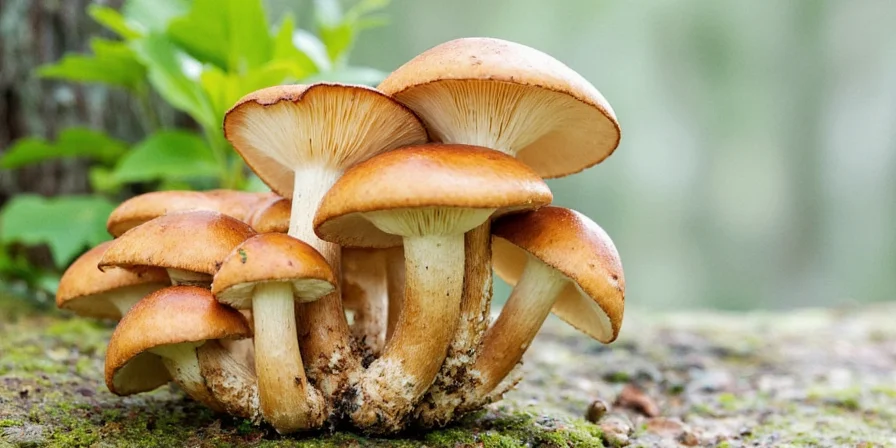
Herb-Mushroom Pairing FAQs
Can I substitute dried herbs for fresh in mushroom dishes?
Yes, with adjustments. Use one-third the amount of dried herbs since concentration increases during drying. Add dried herbs early in cooking to rehydrate fully. Avoid substituting dried dill or basil—they lose volatile compounds critical for mushroom pairings.
Which herb works best with truffle mushrooms?
Chives or parsley. Truffles contain potent dimethyl sulfide compounds that dominate pairings. Delicate herbs won't compete, allowing truffle aroma to shine. Avoid strong herbs like rosemary that create flavor conflict.
How do I prevent mushrooms from becoming watery when cooking with herbs?
Cook mushrooms separately first. High heat evaporates surface moisture before adding herbs. Only combine herbs after mushrooms develop a golden crust—this prevents steaming and preserves herb volatile compounds.
Are there herb-mushroom combinations to avoid?
Yes. Oregano overpowers most mushrooms due to its high carvacrol concentration. Mint clashes with earthy varieties like porcini but works with delicate enokis. Always test bold herbs sparingly first.

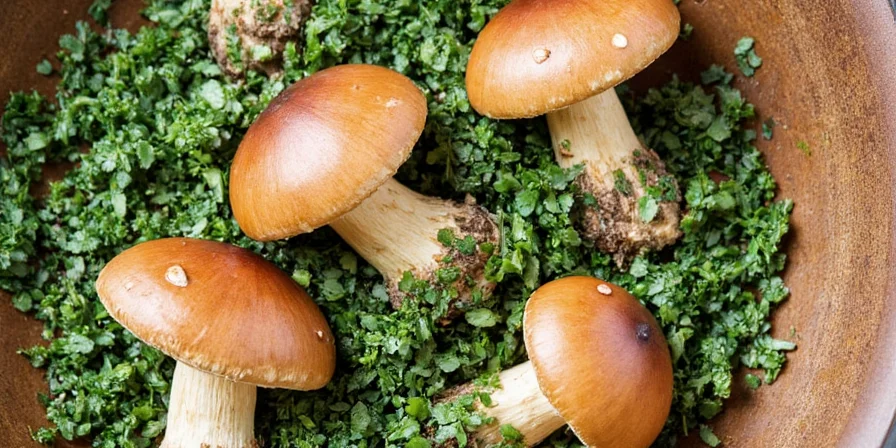









 浙公网安备
33010002000092号
浙公网安备
33010002000092号 浙B2-20120091-4
浙B2-20120091-4